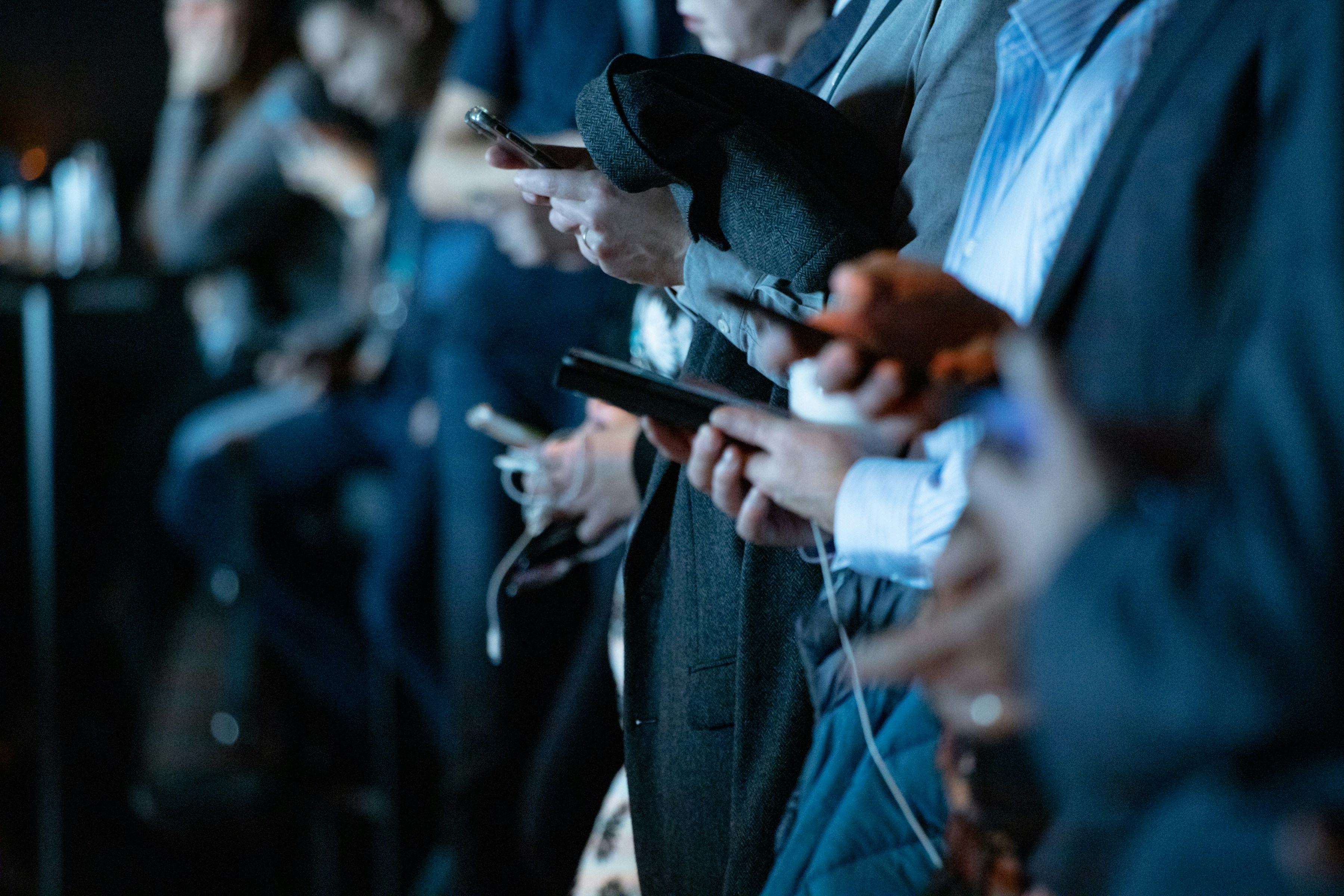Introduction
In recent years, the role of social media in hurricane preparedness and response has become increasingly significant. Platforms like Facebook, Twitter, and Instagram are no longer just for socializing—they are essential tools for disseminating critical information, coordinating rescue efforts, and providing real-time updates during natural disasters. This blog post explores how social media enhances hurricane preparedness and response efforts, with actionable tips for leveraging these platforms effectively.
The Evolution of Social Media in Emergency Management
Social media has evolved from a medium for personal interaction to a robust tool for emergency management. Organizations, local governments, and emergency responders use these platforms to:
- Provide real-time updates on hurricane paths and intensities.
- Offer safety tips and preparedness checklists.
- Coordinate evacuation routes and shelter locations.
- Facilitate community support and volunteer efforts.
For instance, during Hurricane Dorian in 2019, social media was instrumental in spreading information about evacuation orders and shelter availability, ultimately saving lives.
Real-Time Information Dissemination
One of the most significant advantages of social media in hurricane preparedness is the ability to disseminate real-time information. Traditional media, such as television and radio, often face delays or interruptions. In contrast, social media platforms can provide instantaneous updates, ensuring that people are informed about critical developments as they happen.
For example, Twitter’s short-form content is ideal for quick updates, while Facebook’s community-focused groups allow users to share resources and support. Similarly, Instagram Stories and Posts can highlight visual updates, making it easier for people to understand the severity of the situation.
Building a Community Response
Social media fosters a sense of community, which is crucial during natural disasters. People are more likely to help each other when they feel connected. Platforms like Facebook allow communities to create groups where members can offer assistance, share resources, and provide emotional support. This communal approach not only aids in immediate disaster response but also strengthens long-term resilience.
Additionally, social media campaigns can galvanize volunteers and donations. Organizations like HelpNow can use these platforms to raise awareness about volunteer opportunities and encourage donations to support hurricane relief efforts. Check out our Join Now page to learn how you can contribute.
Using Social Media for Preparedness
To effectively use social media for hurricane preparedness, follow these tips:
1. Follow Official Sources
Ensure you’re following reliable sources like the National Weather Service (@NWS) or FEMA (@fema). These organizations provide accurate and timely information critical for making informed decisions. You can also find valuable resources on our website.
2. Engage with Community Groups
Join local community groups and forums that focus on disaster preparedness. These groups often provide localized information, such as shelter locations and evacuation routes, tailored to your area.
3. Use Hashtags
During a hurricane, hashtags like #HurricanePrep, #EvacuationPlan, and #StormUpdates can help you filter through the noise and find pertinent information quickly.
4. Create a Social Media Plan
Develop a social media plan that outlines how you will use different platforms for various types of information. For example, use Twitter for quick updates, Facebook for community support, and Instagram for visual updates.
Challenges and Considerations
While social media offers numerous benefits, it also comes with challenges. Misinformation can spread rapidly, leading to panic and confusion. Therefore, it’s crucial to verify information from reliable sources before sharing it.
Moreover, during power outages, access to social media may be limited. In such cases, having alternative communication methods, such as battery-powered radios or satellite phones, is essential.
Conclusion
The role of social media in hurricane preparedness and response is undeniable. These platforms provide real-time information, foster community support, and offer a venue for collective action. By leveraging social media effectively, individuals and organizations can enhance their preparedness efforts, ensuring a more resilient response to hurricanes.
For more tips on disaster preparedness, explore our blog or enroll in one of our courses. Together, we can build a more resilient community ready to face the challenges of hurricane season.
Remember, preparedness is a community effort. Stay connected, stay informed, and stay safe.

